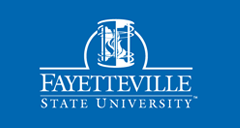Abstract
The most efficient approach to giving large numbers of students’ access to computational resources is through a data center. A contemporary method for building the data center's computer infrastructure is the software-defined model, which enables user tasks to be processed in a reasonable amount of time and at a reasonable cost. The researcher examines potential directions and trends for a secured infrastructure design in this article. Additionally, interoperable, highly reusable modules that can include the newest trends in the education industry are made possible by cloud-based educational software. The Reference Architecture for University Education System Using AWS Services is presented in the paper. In conclusion, automation boosts efficiency by 20% while decreasing researcher involvement in kinetics modeling using CHEMKIN by 10%. Future work will focus on integrating GPUs into open-source programs that will be automated and shared on CloudFlame as a service resource for cooperation in the educational sector.
Recommended Citation
Ampofo, Isaac Atta Senior and Ampofo, Isaac Atta Junior
(2023)
"Future Trends and Directions for Secure Infrastructure Architecture in the Education Sector: A Systematic Review of Recent Evidence,"
Journal of Research Initiatives: Vol. 7:
Iss.
3, Article 6.
Available at:
https://digitalcommons.uncfsu.edu/jri/vol7/iss3/6
Included in
Data Science Commons, Higher Education Administration Commons, Information Security Commons, OS and Networks Commons, Systems Architecture Commons
